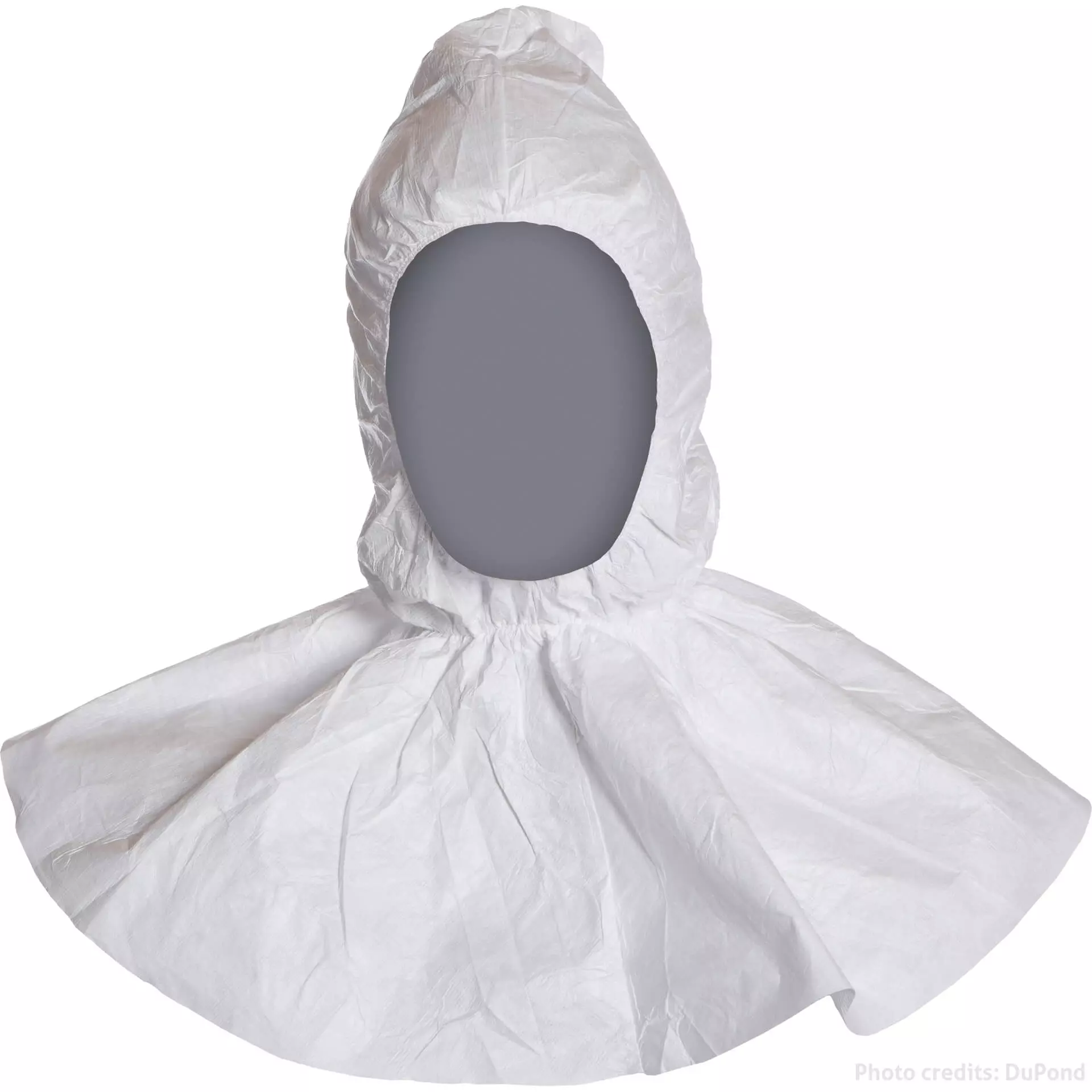
Product description
- Large attached collar
- Elasticated neck and face opening
- Internal seams
- Antistatic finish
The DuPont logo, DuPont™, The miracles of science™ and all products identified with ™ or ® are trademarks or registered trademarks of DuPont de Nemours, Inc. DuPont's trademarks may not be used in connection with any product or service that is not DuPont's.
Polyethylene spunbond
EN 13034:2005 A1:2009 Type 6, EN 1149-5:2008, EN 14126:2003 AC:2004
About Disposable Hood
Disposable Hoods provide complete head and neck protection against contaminants in controlled environments. These single-use protective covers are lightweight, comfortable, and create an effective barrier in healthcare, laboratory, food processing, and industrial settings where maintaining cleanliness is essential.
- Chemical Resistance
- Electrical Protection
Standards and labels
Asatex delivery terms
Free delivery for all Asatex products
DuPont
TYVEK® 500 PH30LO Hood, 100 pieces
TYVEK® 500 PH30LO Hood, 100 pieces
5 / 5
182,66 €
Price per 100 pcs
1,83 € / piece
Choose size
Free delivery